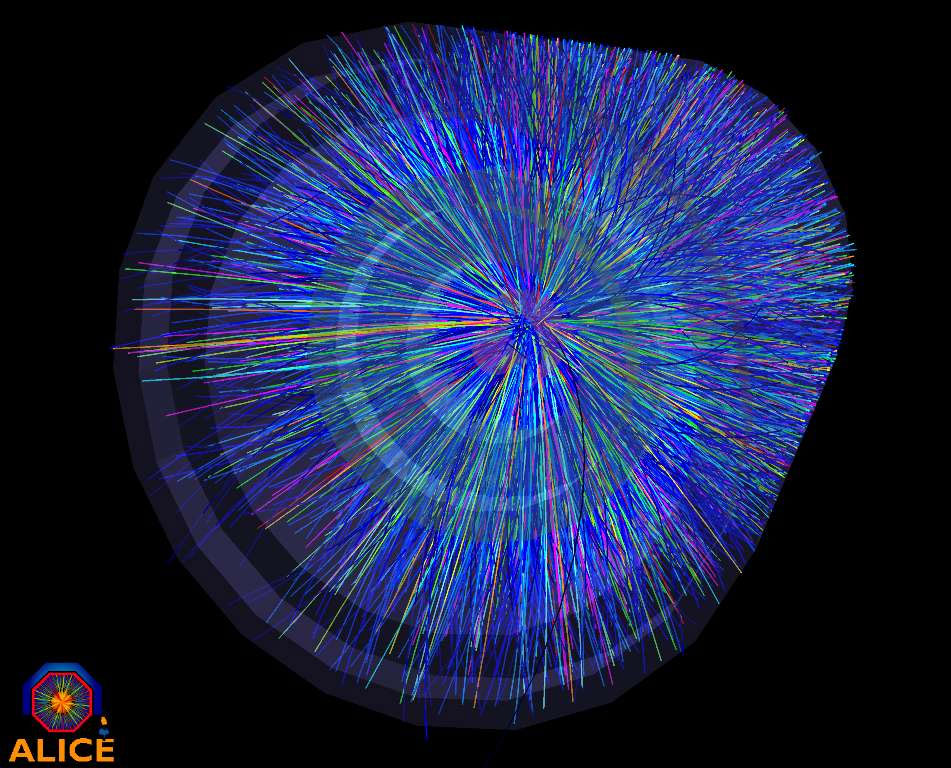
Explaining Light-Nuclei Production in Heavy-Ion Nuclear Collisions
Pairs of sub-atomic particles may catalyze reactions that happened moments after the Big Bang.

Pairs of sub-atomic particles may catalyze reactions that happened moments after the Big Bang.
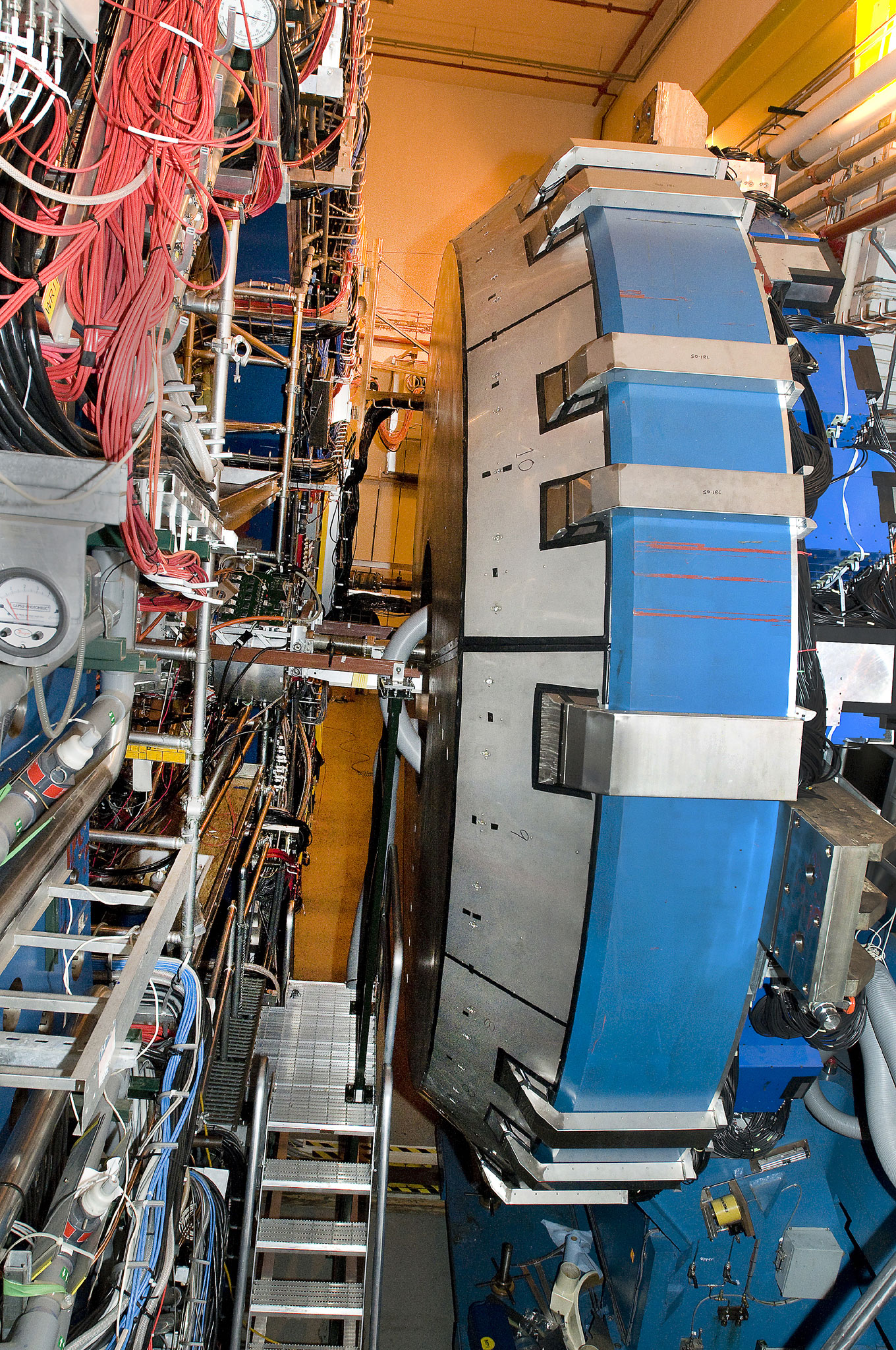
Low-momentum (wimpy) quarks and gluons contribute to proton spin, offering insights into protons’ behavior in all visible matter.
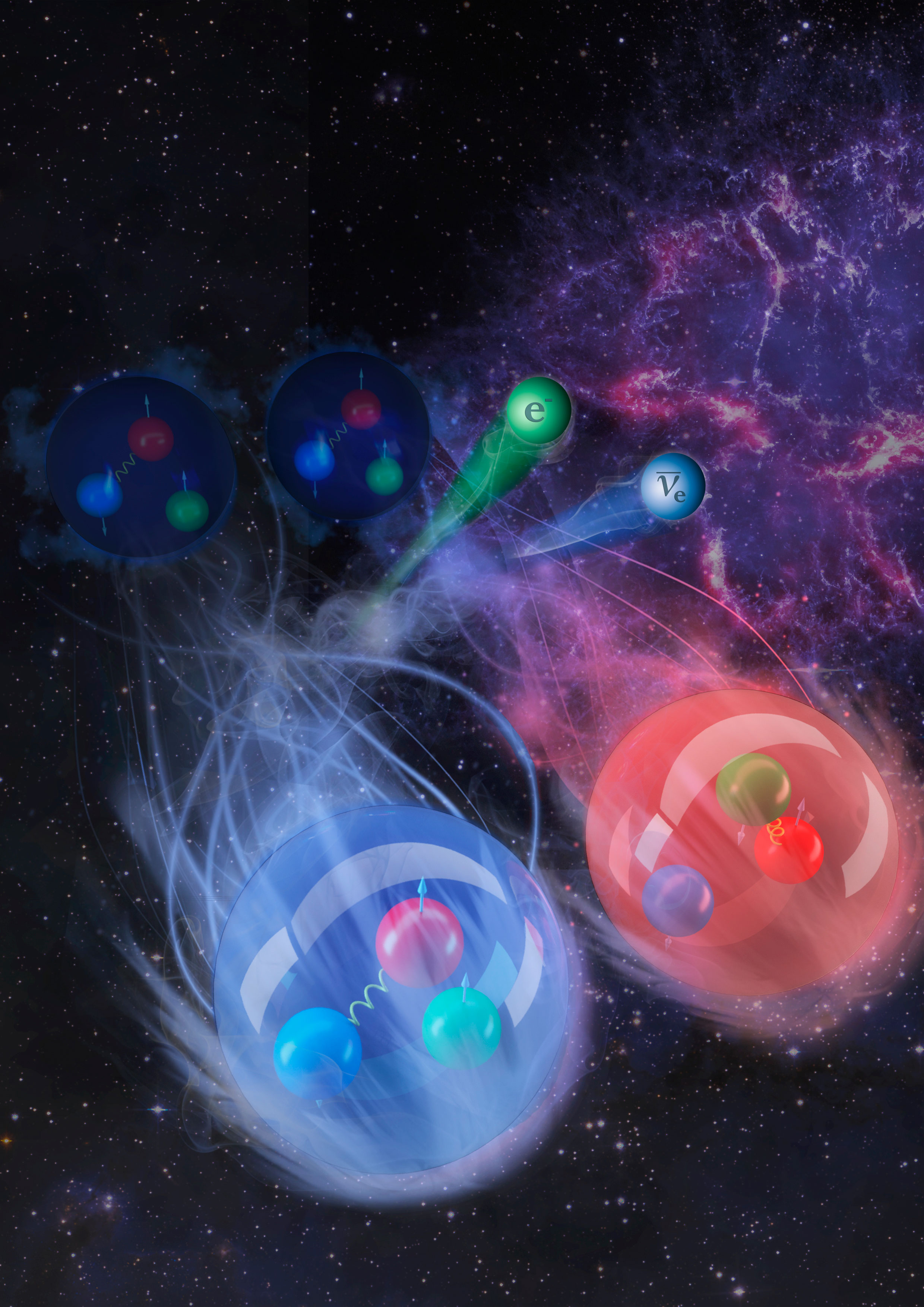
Researchers use advanced nuclear models to explain 50-year mystery surrounding the process stars use to transform elements.
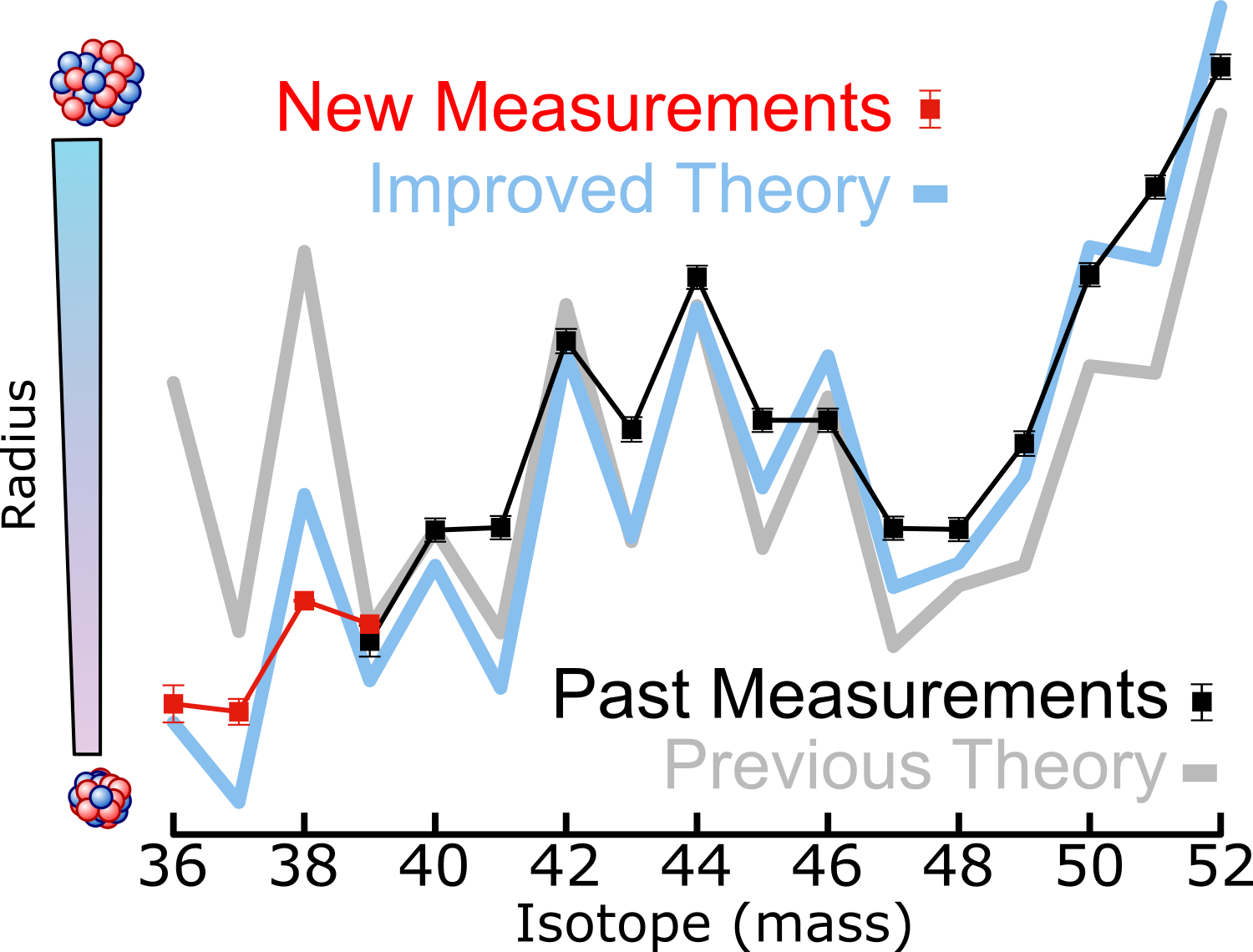
The radii of three proton-rich calcium isotopes are smaller than previously predicted because models didn’t account for two nuclear interactions.
Read more about Why Are These Extremely Light Calcium Isotopes So Small?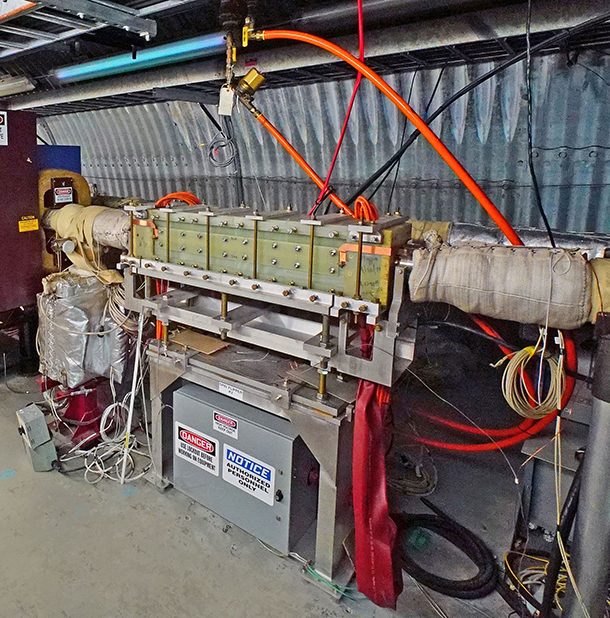
The spin direction of protons was reversed, for the first time, using a nine-magnet device, potentially helping tease out details about protons that affect medical imaging and more.
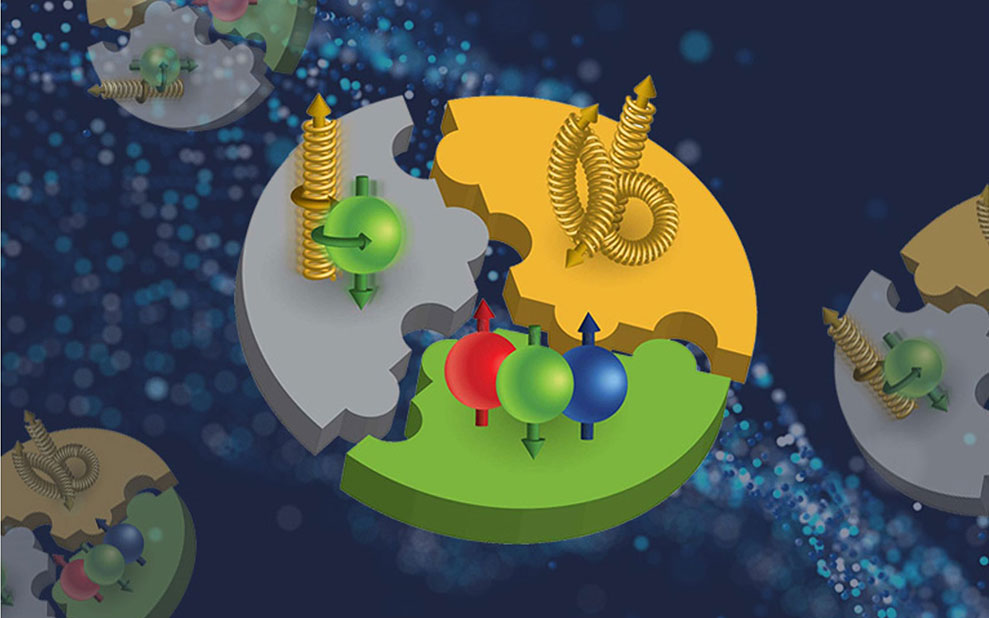
Antiquark spin contribution to proton spin depends on flavor, which could help unlock secrets about the nuclear structure of atoms that make up nearly all visible matter in our universe.
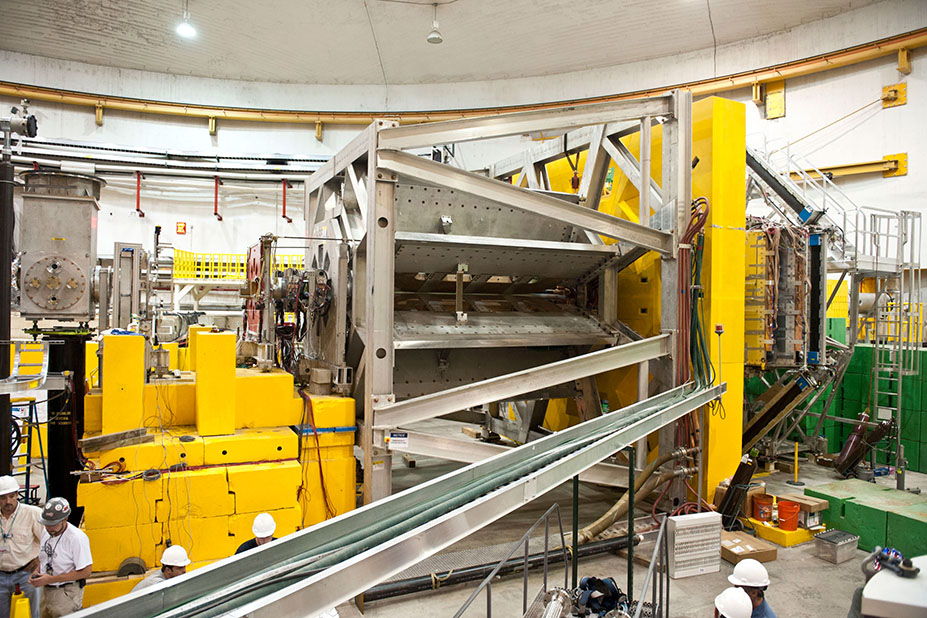
A precision measurement of the proton’s weak charge narrows the search for new physics.
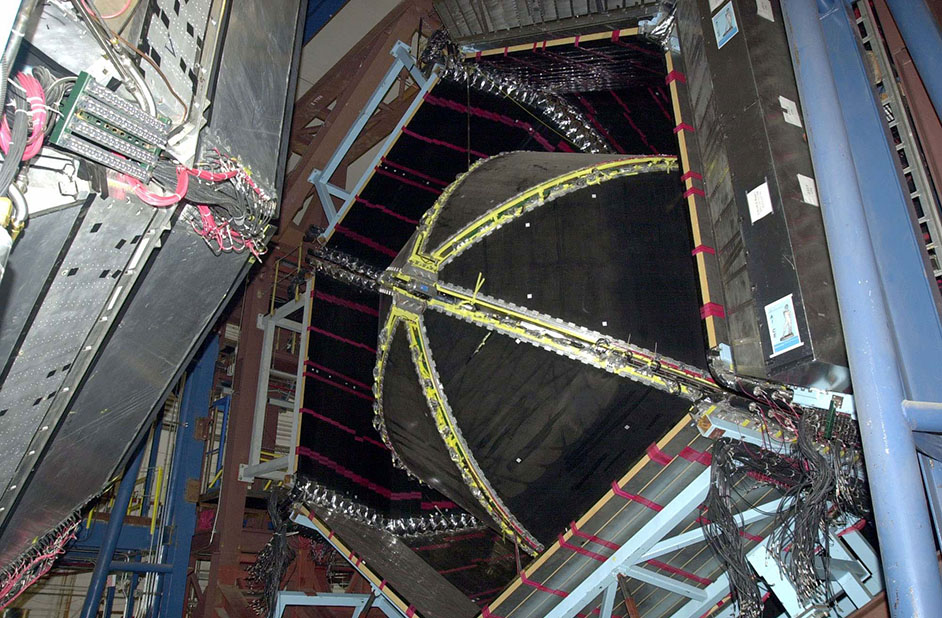
Physicists develop a universal mathematical description that suggests that proton-neutron pairs in a nucleus may explain why their associated quarks have lower average momenta than predicted.
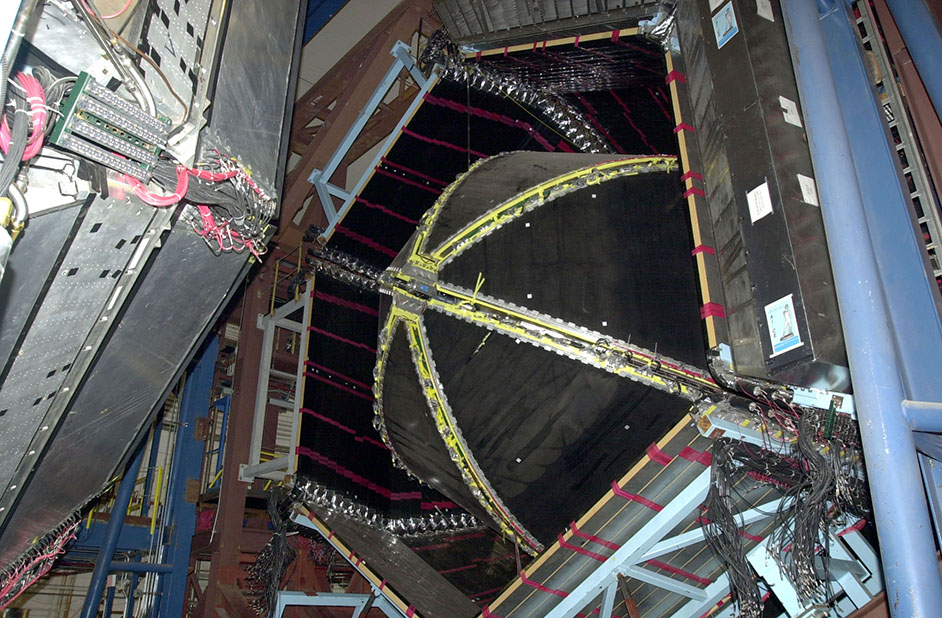
Pressure in the middle of a proton is about 10 times higher than in a neutron star.

Storing extremely slow neutrons in a novel trap enables precise measurement of a basic property of particle physics.
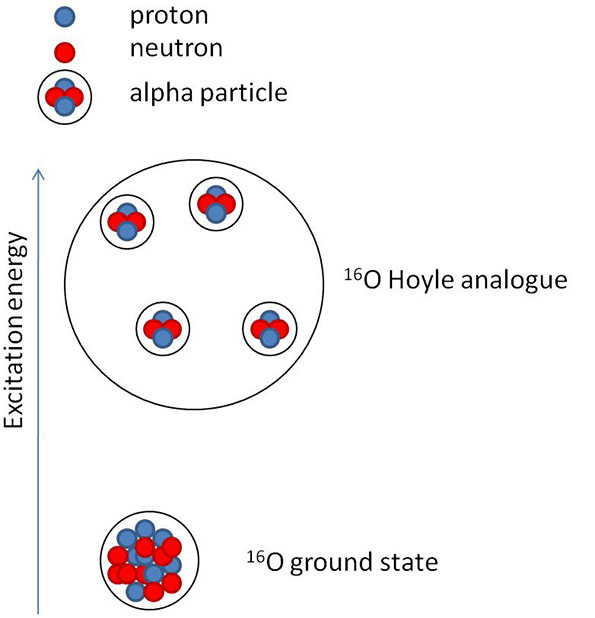
Yes. Such condensates, analogous to those in carbon-12, in heavier nuclei could change how we describe certain elements.
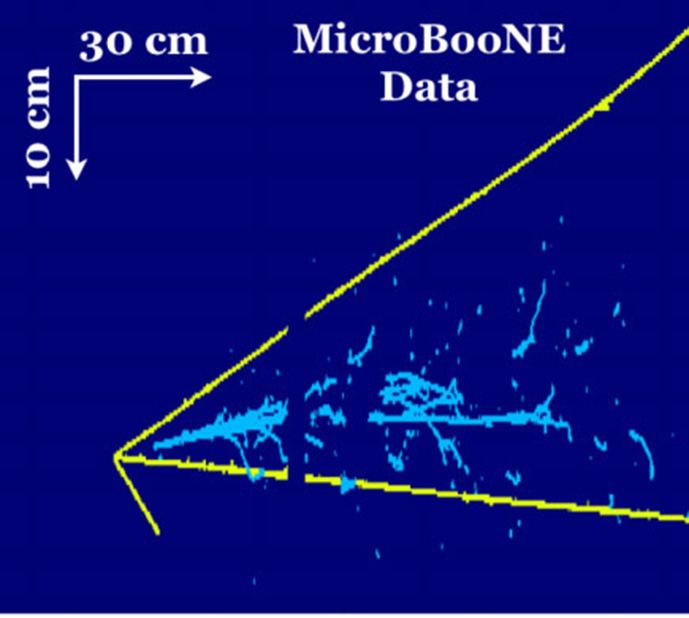
The MicroBooNE experiment demonstrates the use of machine learning to interpret images made by a liquid-argon particle detector.
Signup for the Office of Science’s GovDelivery email service, and check the box for the Nuclear Physics Program in your subscriber preferences.
Subscribe